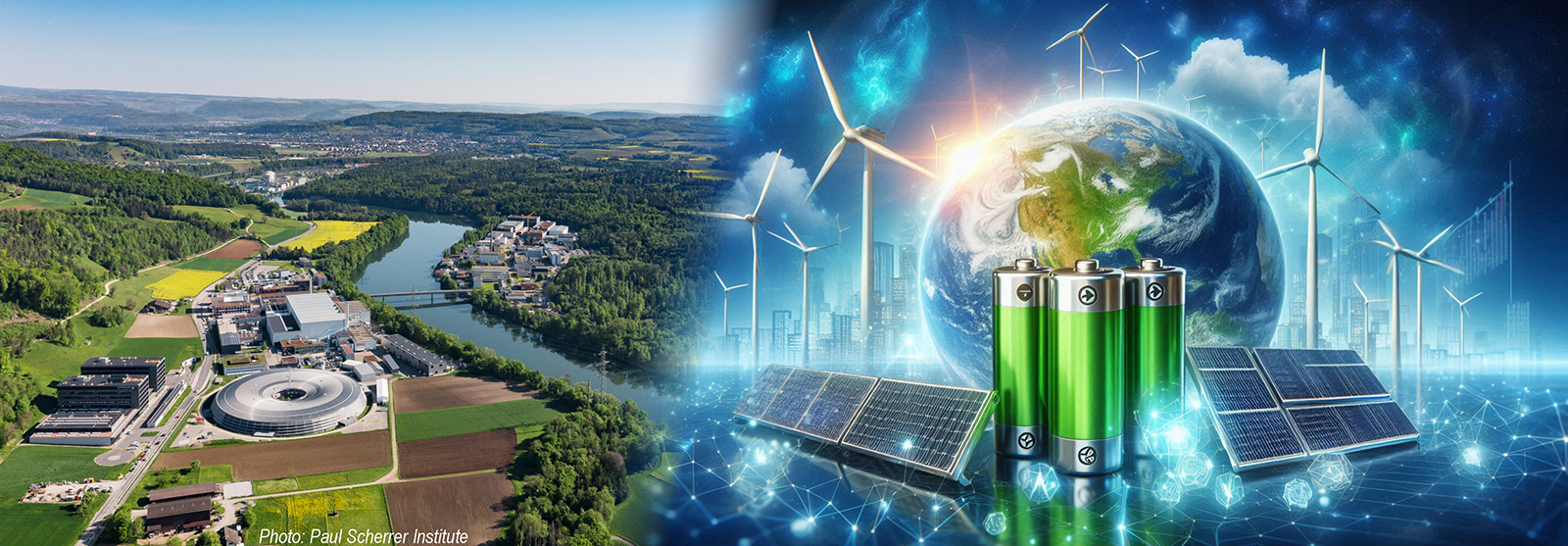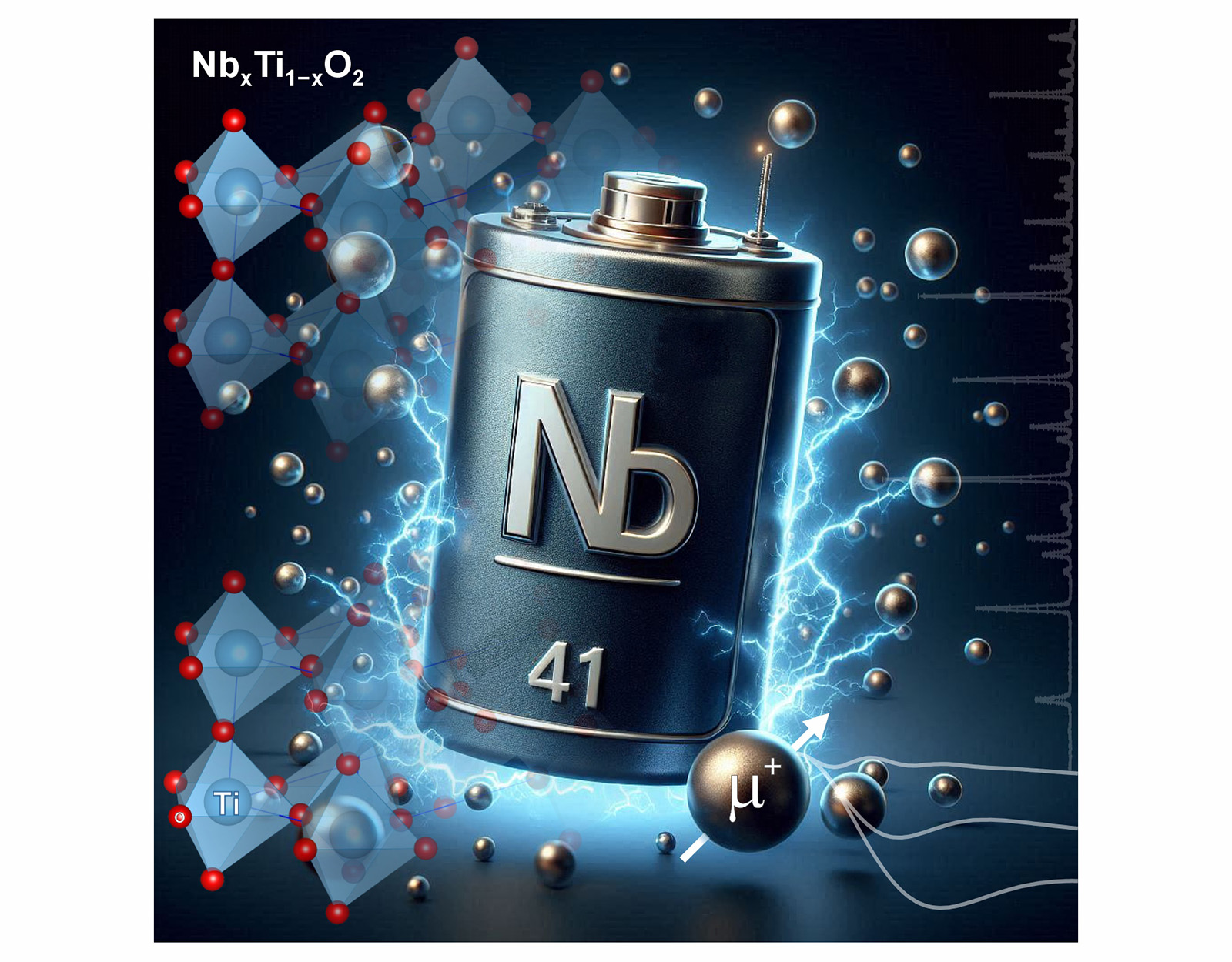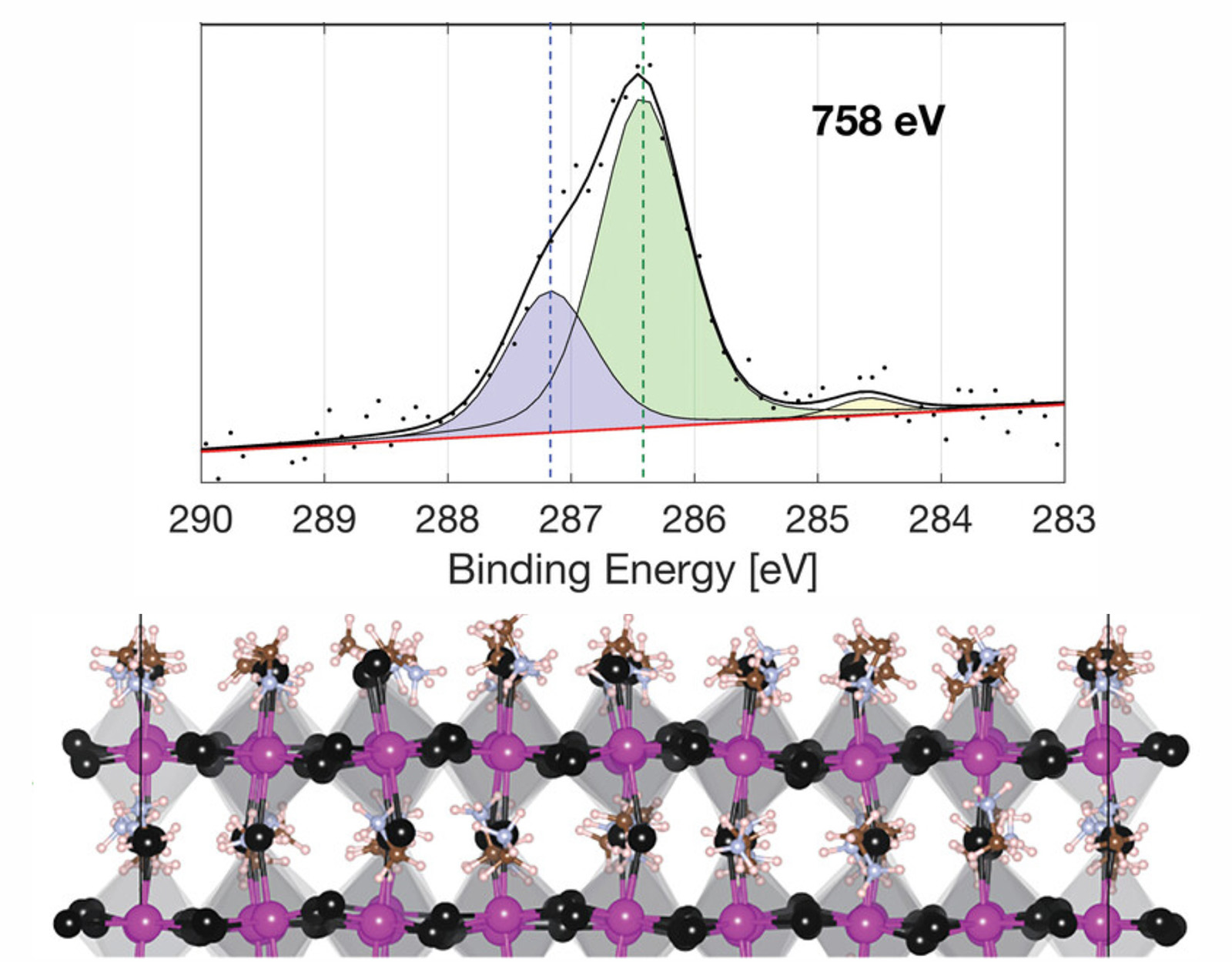Sustainable Energy Materials

Large-scale research infrastructures are vital for advancing clean energy research and accelerating the transition toward a sustainable society. These facilities provide the ability to investigate energy-related materials and processes at atomic to macroscopic scales, offering insights that are essential for developing more efficient and environmentally friendly technologies.
Large-scale research infrastructures like synchrotrons and FELs enable high-resolution imaging and spectroscopy of catalysts, semiconductors, and electrode materials, revealing their electronic structure, chemical states, and reaction dynamics in real time. This knowledge is crucial for improving solar cells, batteries, fuel cells, and hydrogen production technologies — all key pillars of a future low-carbon energy system.
Neutron and muon sources complement these X-ray-based techniques by providing unique capabilities to probe the internal structures and dynamic behavior of materials under realistic operating conditions. Neutrons, being highly sensitive to light elements such as hydrogen and lithium, are indispensable for studying hydrogen storage materials, battery electrodes, and proton conductors, helping to optimize energy density, safety, and longevity. Muons, on the other hand, can act as sensitive probes for charge transport and diffusion processes, shedding light on fundamental mechanisms that govern energy conversion and storage. Together, these methods allow researchers to design and test materials that are more efficient, durable, and sustainable — a critical step toward achieving global climate goals.
Sweden is at the forefront of clean energy research and sustainable technology development, driven by its strong tradition of innovation, interdisciplinary collaboration, and commitment to environmental responsibility. Sweden’s leadership in clean energy research and sustainable technology is strongly supported by its top academic institutions, among which KTH Royal Institute of Technology plays a central role. KTH is internationally recognized for its excellence in materials science, energy systems, and environmental engineering, driving innovations that directly contribute to the green transition. Through its multidisciplinary research centers and close collaborations with industry, KTH develops advanced solutions for renewable energy production, energy storage, smart grids, and sustainable materials. The university is also deeply engaged in the use of large-scale research infrastructures such as MAX IV and the European Spallation Source (ESS), where its researchers explore fundamental processes in energy materials and catalysis using state-of-the-art synchrotron and neutron techniques. By combining scientific excellence, technological innovation, and strong industrial partnerships, KTH exemplifies how academia can lead the way toward a sustainable and energy-secure future — reinforcing Sweden’s position at the forefront of global clean energy research.
Examples



